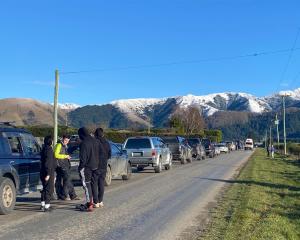But National Institute of Water and Atmospheric Research forecaster Ben Noll said we still should not expect many downpours from May through to July.
While some people may be happy to see fewer wet days this winter, Noll said Canterbury, Northland, Taranaki, Manawatū-Wanganui, Wellington, Marlborough, Tasman, Nelson, and Otago are all in need of rain after droughts were declared earlier this year.
"Quite a few regions are in need of a reprieve from those dry conditions," he said.
"Even though we expect El Niño to end by the end of May, some of those dry patterns that those regions have been experiencing may continue through at least part of the upcoming three-month period."
May is expected to feature some chilly southerlies, but Noll said milder westerly winds should arrive from later this month into June and July.
"It has been a fairly cool autumn so far and that is going to continue into May," he said.
"As we go toward winter, there are signs that the temperatures actually could turn somewhat milder for the time of year as we go toward June and July because the winds may change direction.
"The average person might think that: 'Oh, it's been really kind of cold lately, it's going to be super cold this winter'. And that might not necessarily be the case."
El Niño is part of a climate phenomenon called the El Niño Southern Oscillation system, which influences rainfall, temperature, and wind patterns around the world.














